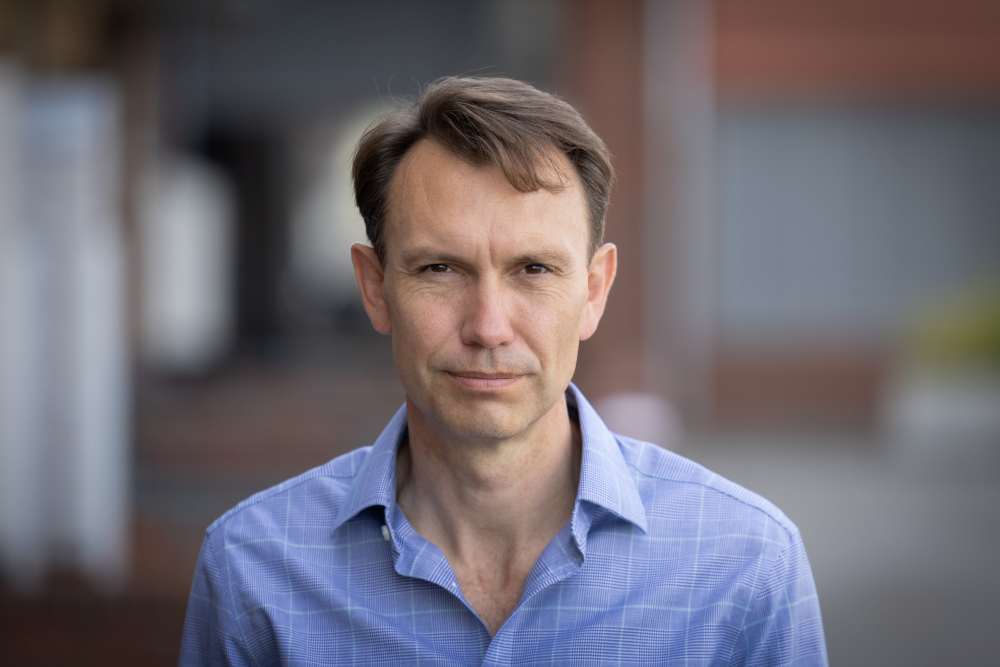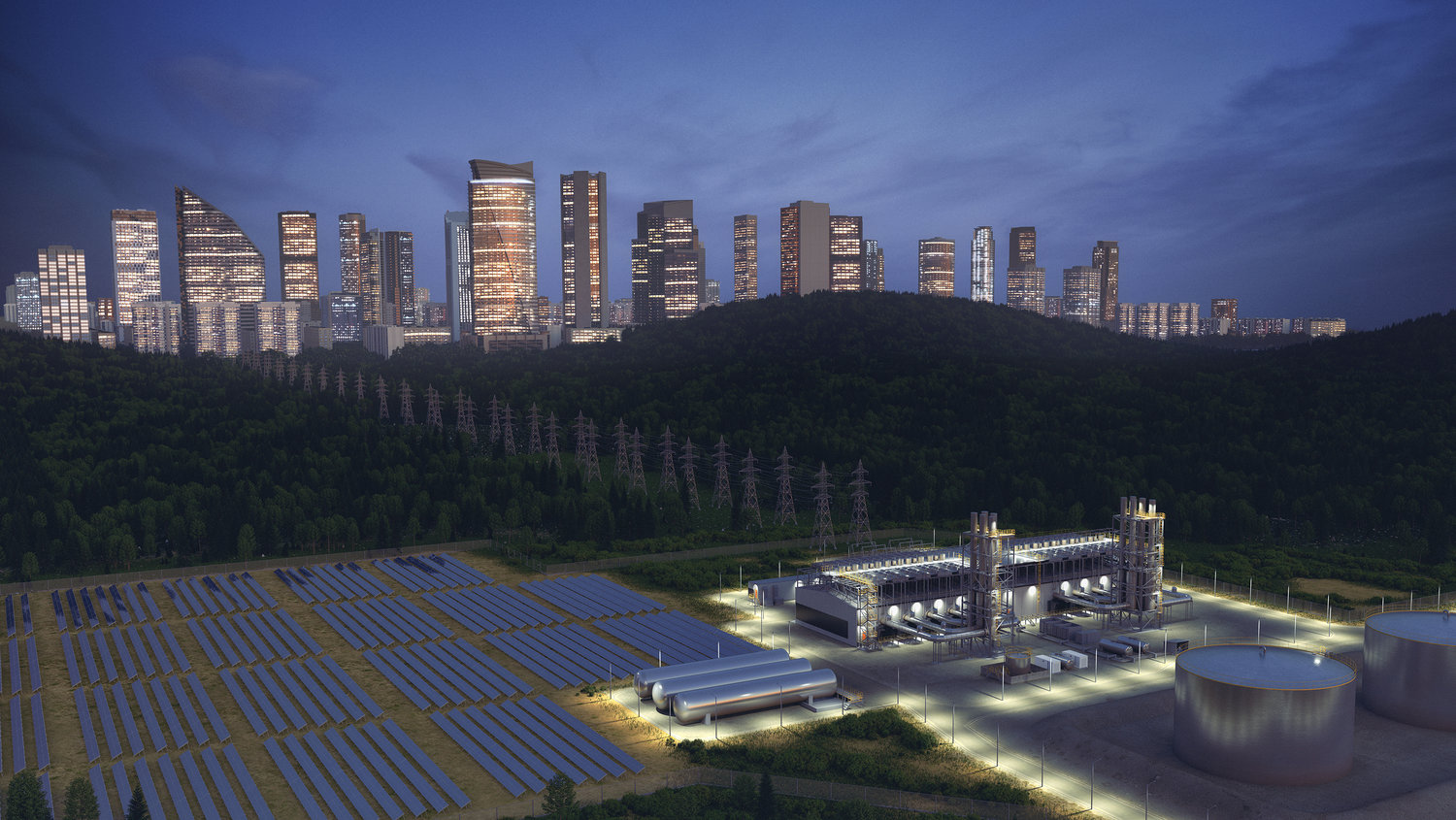
The global discourse’s broad-brush strokes must make room for the local reality’s fine detail according to Louis Strydom, Director of Project and Market Development, Europe and Africa, Wärtsilä
The call for a green revolution is no longer a distant echo; it’s the resounding demand of the present. Much like an artisan weaver poised before a complex loom, the world faces the task of crafting a grand tapestry of sustainability. Each thread must be carefully selected and interwoven into this tableau, from the existential reality of climate change to the urgency to transition from carbon-heavy energy dependencies. However, to ensure the tapestry’s strength, we must delve beyond broad strokes and platitudes, using strategic designs with precision and foresight.
Africa finds itself in a unique position within this global tapestry. The countries that develop a clear and effective strategy in this transition will likely secure substantial gains in a world where carbon becomes increasingly costly and digitalisation amplifies our energy demands. However, in Africa, the urgency of decarbonisation should not overshadow the need for a deliberate and strategic approach. The solution? A meticulously planned, long-term energy transition strategy that respects and utilises our existing resources. A strategy that ensures operational stability and structurally sound foundations as we journey towards a greener future.
The Art of Anticipation – Reinventing Forecasting
Predicting energy demand accurately is a pivotal element of effective power systems. To create a greener future, African countries must establish robust electricity metering infrastructures to develop a keen understanding of the real-time energy needs of all consumers throughout the power grid. This will enable operators to manage the demand-side of grid operations more effectively, adding much-needed flexibility to power systems along the way. But another kind of forecasting calls for our attention in today’s increasingly electrified economy. In Africa, actual electricity demand will not grow incrementally but exponentially. Expanding digitalisation, extensive data usage, and the burgeoning production of green fuels are amplifying the energy demand curve, which means that the relationship binding power demand with GDP growth has become exponential in nature. Integrating this paradigm shift in growth into our power system forecasts is an essential aspect of manoeuvring the green transition.

The Unsung Heroes – Celebrating Infrastructure
Understanding the operational constraints and the capacity of the Transmission and Distribution infrastructure (T&D) is vital in managing the integration of massive amounts of new renewable power. These often-overlooked T&D systems form the backbone of our energy infrastructure. Recognising their pivotal role in the energy transition can encourage the investment needed to improve and expand the system. That means treating T&D as an equally green category to renewable energy, opening the door to concessional finance and carbon credit accreditation for investors of these assets. This policy shift will open more opportunities to ensure this essential component of the energy transition is not left behind.
Sound Structures – Amplifying DSOs’ Operational Sustainability
Financially sustainable Distribution System Operators (DSOs) are the bedrock of financing the energy transition. They play a critical role in enabling the effective dispatch of electricity to the end users and contribute to managing the grid. Without this operational proficiency, aspects like Demand Side Management (DSM), grid stability, swift electricity dispatch, and responsiveness could falter. That’s why bolstering their operational and financial resilience is so crucial. Seemingly insignificant investments in DSO-level operations and infrastructure can have a ripple effect, precipitating substantial enhancements in overall efficiency and solvency.
The Delicate Balance – Navigating the Energy Loom
Maintaining an equilibrium between power production and consumption in the power grid with high amounts of renewable energy necessitates an intricate knowledge of its numerous components and how they complement one another. Any increase in variable renewable power in the system must be matched with equal increases in grid flexibility. To do that, a combination of three solutions can be relied upon: Demand-side management capabilities to boost flexibility on the consumer side, energy storage systems, and balancing thermal technologies.
Identifying the most suitable thermal technologies for the African energy transition is imperative. Although Inflexible thermal generation may sometimes seem the best option for running the energy base load or for predictable peak generation, they are often ill-suited to cope with the massive green energy transformation unfolding over the coming decades. On the other hand, engine-based thermal technologies are resilient, flexible, and adaptive. With swift start-up times and load-following capabilities, they ensure a reliable power supply, particularly during peak demand or when renewable sources become intermittently unavailable. They provide the stability the power grid requires, bridging transitional gaps and backing up the system when renewables falter or other flexible solutions cannot fill the void.

Recognising and accepting the critical role of flexible thermal power to safeguard the grid will pave the way for financial backing and deployment of these technologies when applied responsibly. The final product? A robust, balanced energy tapestry that withstands the test of time, embodying a true masterpiece of green transition.
Embracing the meticulous approach of the artisan weaver
In the grand scheme of the energy transition, every intricate detail, right down to the second, contributes to the overall pattern, much like each thread in a masterfully woven tapestry. By acknowledging and profoundly understanding the intricacies involved in integrating renewables, we can shape effective electrification strategies, bolster transmission system upgrades, and fortify the financial health of DSOs.
Focusing on these finer details enables a swift and effective transition towards a net-zero economy. This meticulous approach, akin to the precision of an artisan weaver, promises a balanced and inclusive energy future. This is the true art of the energy transition: creating a robust, resilient, and beautiful masterpiece that stands the test of time, an energy tapestry woven with precision and care for a more sustainable tomorrow.
About The Author
Born in South Africa, Louis Strydom is a seasoned executive with over two decades of experience in infrastructure development, high-risk investments, and market development. Currently serving as the Director of Growth & Development for Europe and Africa at Wärtsilä Energy, Louis spearheads strategic market development initiatives focused on energy transition and decarbonisation. His leadership extends to key roles in global financial institutions, development banks, and insurance companies, as well as founding and exiting businesses across various sectors. With a rich educational background that includes three master’s degrees, one of which is an MSc in Innovation and Entrepreneurship from HEC Paris awarded with distinction, Louis brings a multidisciplinary approach to strategy and innovation. He is particularly passionate about talent development and coaching.
